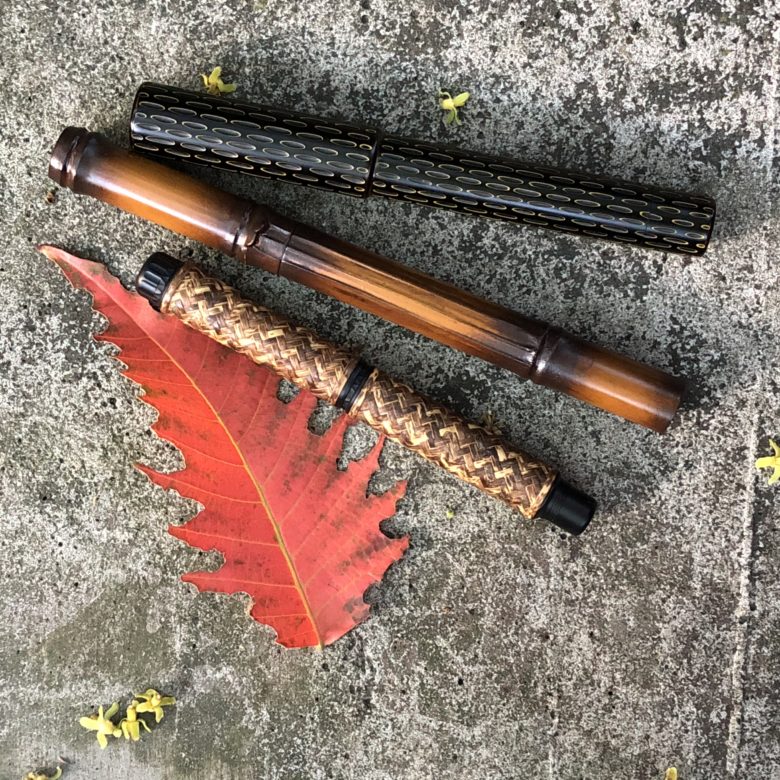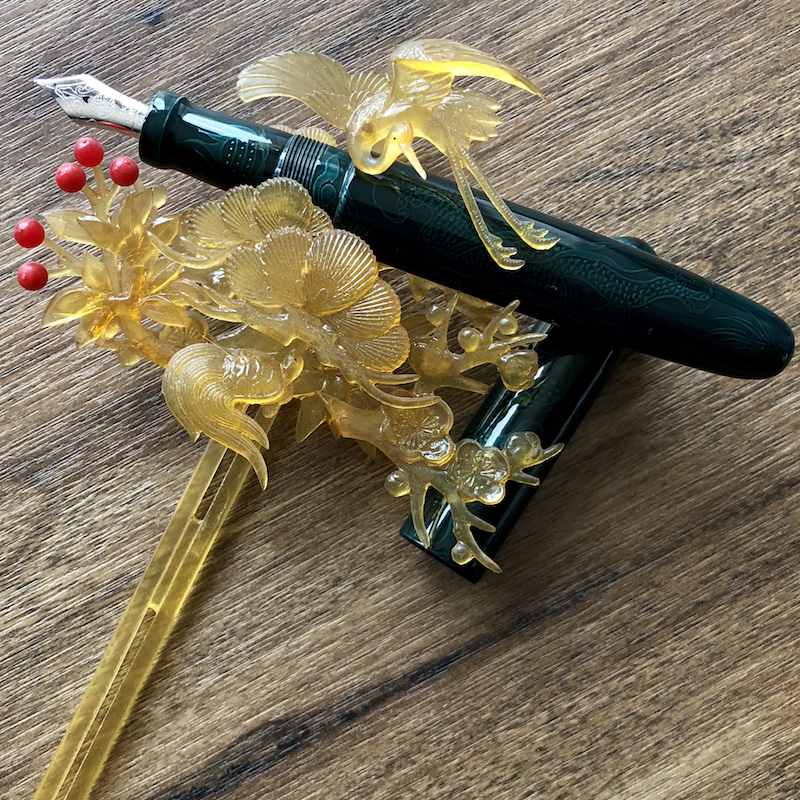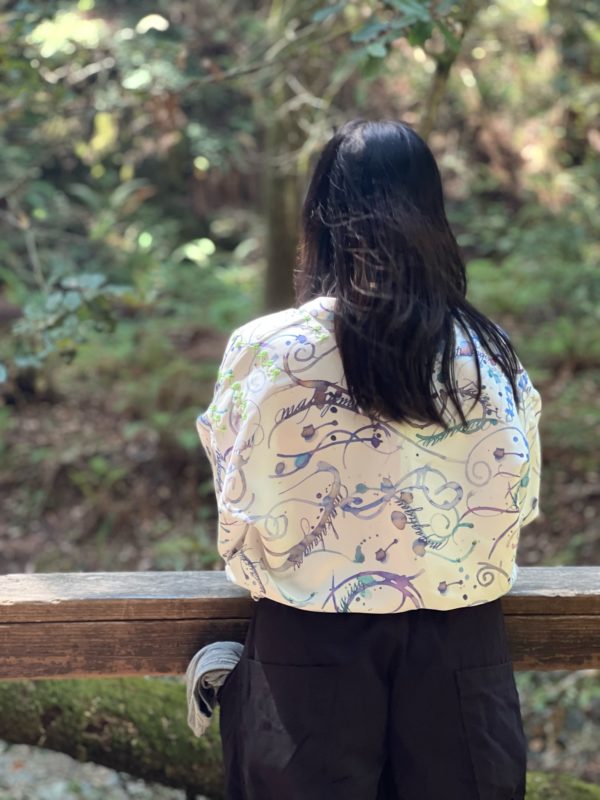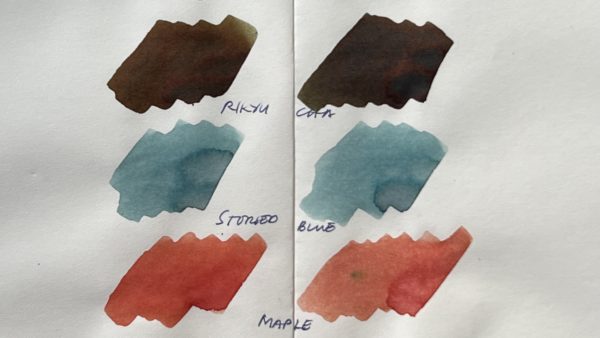One of the painful privileges of a conquered people is to point out the blinders of conquerors, whose descendants usually live unaware of the ongoing commentary of history. Take comfort women. The Philippines, South Korea, and China still smart from a long-denied apology from the Japanese government for institutionalizing rape during the Second World War. It’s never the victims who encourage everyone involved to “move on, that was a long time ago.â€
No one wants to walk wounded, and so these artifacts do not inform daily decisions. No one winces with memories of war when they wear a Seiko or drive a Honda or write with a Pilot or chat with Japanese clients after a meeting. The past, thankfully, is. My American friends are not the Americans who wished to make Samar “a howling wilderness.†(Many of them won’t even recognize the reference.)
Japanese soldiers beat up one of my uncles. My mother froze in the middle of the river as a Japanese Zero streaked overhead. I hold these images as part of my history, the tiniest branch in the ever-growing tree that is the world’s story.  When I picked up an Athena (by Maruzen) fountain pen, it was in an antiques shop that also displayed wartime map bags and the pitted working ends of bayonets.
I collect Japanese fountain pens and most days, that’s all there is to it. Once in a while, though, irony whispers. Is it cultural treason to appreciate the art and craft of a country that, only two generations ago, held mine in a grip of blood and steel? Is it unthinking, reflexive, to consider a conqueror’s culture part of one’s inner geography, even if that one only stayed five years compared to three centuries of Spanish rule? Even the language I write in is a gift my country never asked for, but is now the pillar of  a US$25 billion outsourcing industry.
Is appreciation forgiveness? Do time and global commerce provide restitution?
Our own art and craft, the expressions of the indigenous cultures that fought to preserve their ways of life through wave after wave of conquerors, are experiencing a renaissance. Traditional weaves, geometries of protection and harvest; beadwork and brass-smithing; woodcraft and basketry flourish as they now find a market ready to fall in love with its rediscovered self. (I should know, having bought way too many woven scarves.) Grandmothers can now hand over weft and warp to their granddaughters, and know they have an income, and don’t have to abandon heritage to prosper. First and foremost, craft must benefit those who have kept faith with it, through centuries.

This explains my huge discomfort at what I perceive to be appropriation, where profit from the use of a historical craft, design, or form mostly accrues to those who are strangers to the culture. Where does this craft belong in their struggle, their story? Fashion innovation throughout history has relied on the exotic, the other: Chinoiserie, Japonisme, Tutmania. Today’s outcry against cultural appropriation in fashion is inevitable; the exotic now owns a smartphone and an Instagram account.
There are many non-Japanese who adopt Japanese practice and symbolism, tasting parts of the culture without having to choke on the messy heart. (Congruent to those who practice yoga without studying the Hinduism yoked to its core.) That’s perfectly fine, I think, and in many ways beneficial. Languages and civilizations grow by assimilation and transformation. Dead cultures are for tourists. Or we could say, quid pro quo. We can borrow your cultural legacy and let you borrow our internet. Isn’t that how globalization works? Still, the blessing and curse of interconnectedness remains. We cannot un-know. And so we must come to terms with what we make, what we buy, what we sell, what we believe, who we are, who we have yet to become, and how to choose accordingly.
My fascination with the Japanese aesthetic (and the objects that bear it) helps me follow the tangles of the threads that sew wounds closed, that lets me live with, and not apart from, our history. The distance is safe enough. I now possess beautiful pieces made with skills born in an old empire, an empire that killed to possess us, and then made a deal with itself to never do again what it had done. The flowers fall to the earth, our eyes seek the light behind the branches. We travel towards our own conclusions, and make our own peace.





